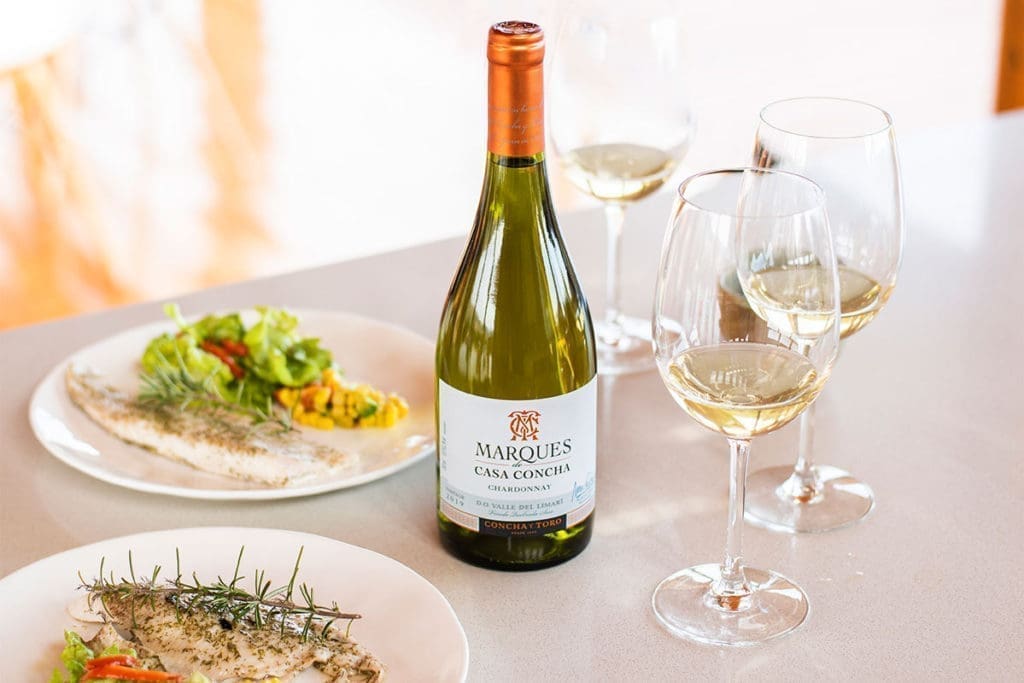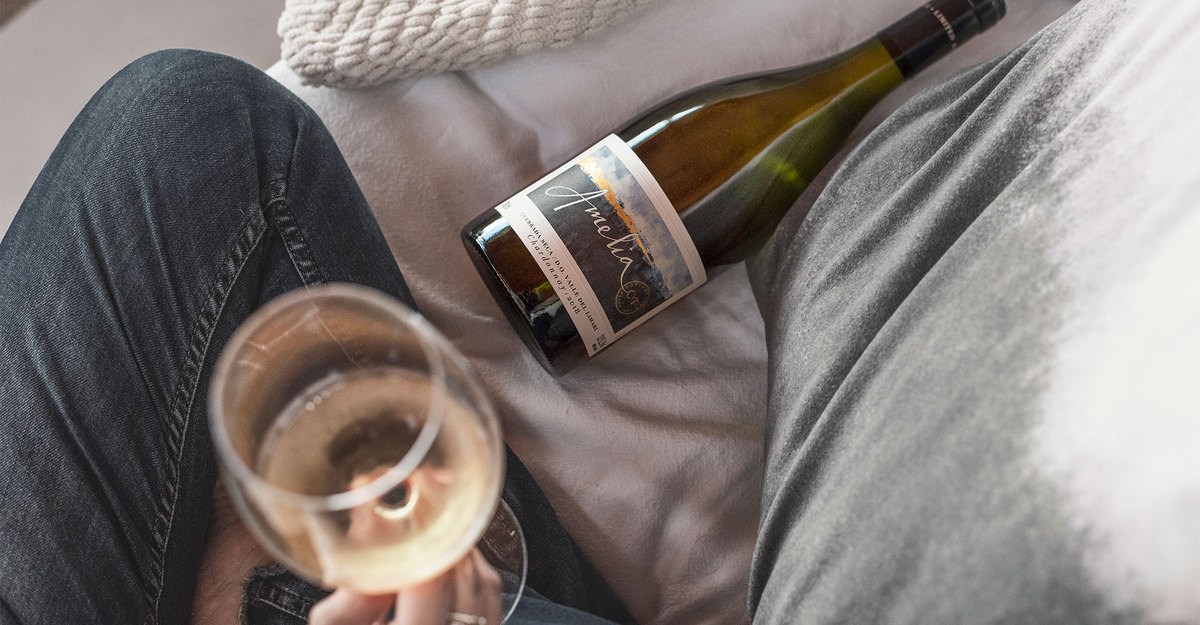17 de May de 2023
Discovering the aromas of Chardonnay
Butter, yeast, and passion fruit are just some of the aromas that we can find in different varieties of Chardonnay. Discover their meaning!
This white grape variety stands out for its great ability to adapt to different types of climates. This is how it makes it possible to produce a wide variety of wine styles ranging from dry and massive white wines to fine wines that can evolve for decades in the bottle. While its aromas and flavours can vary from green and citrus fruits, to other tropical ones. Everything will depend on the place and the decisions in the winemaking process. Here we tell you what certain aromas that characterize Chardonnay mean.
Butter
The aroma of butter, cream or dairy is the result of the Malolactic Fermentation process that often takes place in Chardonnay. In which malic acid is converted into lactic acid, to add these aromas to the wine in order to reduce acidity. Lactic acid also gives the wine a creamy texture, as is the case with Marques de Casa Concha Chardonnay.
Yeast
The aroma of yeast or freshly baked bread, meanwhile, is an indicator that the wine was in contact with its lees (dead yeasts that usually settle at the bottom of the barrel) in the maturation process. The objective of this action is for the wine to have more body and those characteristic aromas of bread or biscuits.

Salinity
When wines are produced near the coast, as is the case with Amelia Chardonnay, whose vineyards are located just 22 kilometers from the Pacific Ocean, it is possible that the morning dew gives the grapes a subtle saline hint perceived on the palate. In this case, it is a wine with a long finish, with attractive salinity and freshness.
Vanilla
When the wine is fermented and/or later stored in new oak barrels, the oak may impart aromas of vanilla, coconut, or smoky notes to the wine.
Phosphorus flint
When Chardonnays have aromas and flavours of flint, that is to say, like a match that is lit and extinguished quickly, it means that the wine was in a reduced environment (with little oxygen). This is an action that the winemaker does on purpose in wines of white varieties, in order to also obtain aromas such as passion fruit.










